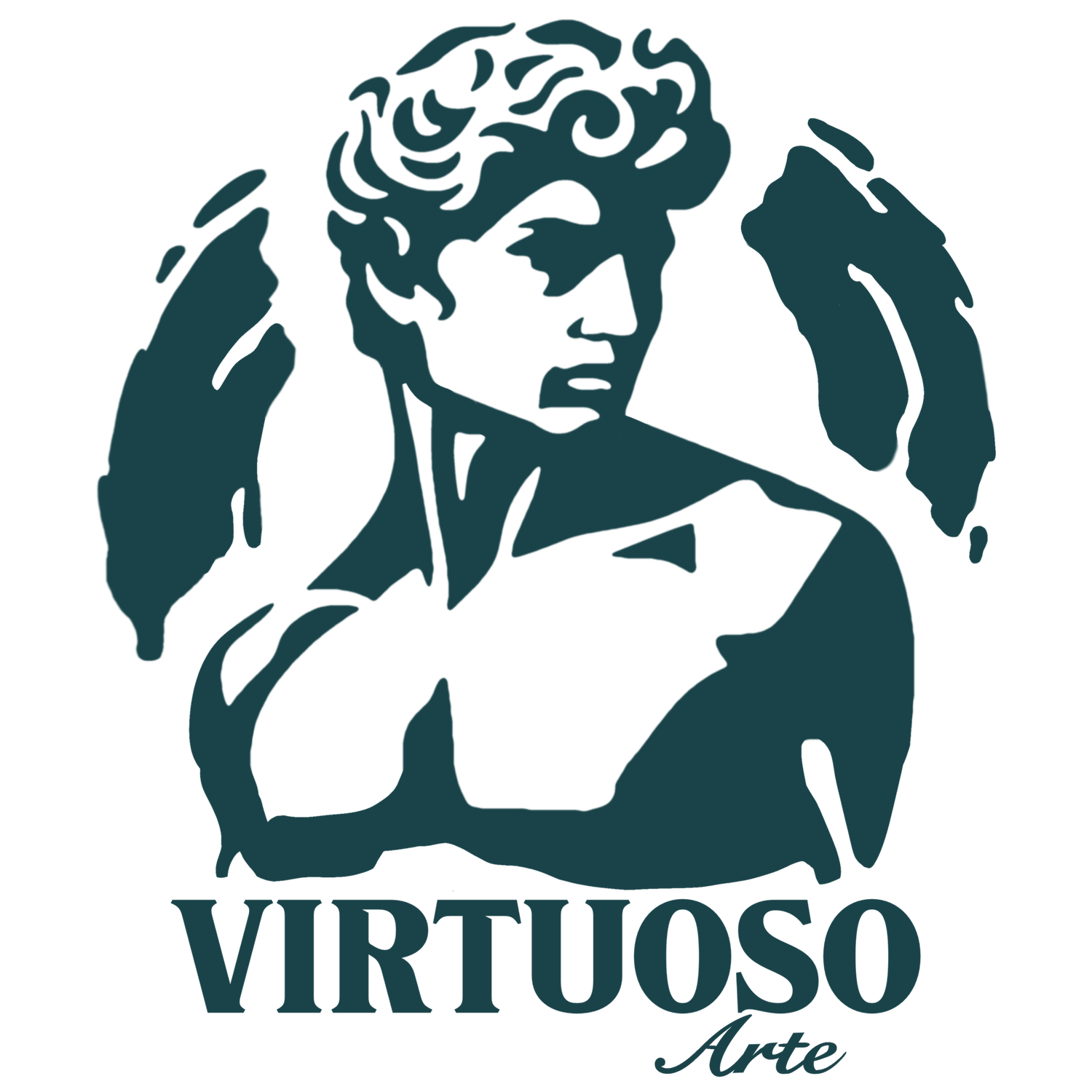High-quality artwork scanning involves digitizing physical art pieces to create accurate and detailed digital representations. This process begins with the careful handling of the original artwork to ensure no damage occurs. Professional-grade scanners or high-resolution cameras are employed to capture the intricate details, colors, and textures of the artwork.
The scanning process may include color calibration to maintain the integrity of the original colors, as well as proper lighting techniques to avoid glare or shadows that could distort the image. Resolution is crucial; high DPI (dots per inch) settings ensure that even the minutest details are preserved, making the digital asset suitable for various applications, from online galleries to print reproductions.
Post-scan, the images are often enhanced using photo editing software to correct any imperfections, adjust colors for accuracy, or crop unnecessary backgrounds. The final digital assets can be saved in multiple formats (such as TIFF for high quality or JPEG for ease of use), allowing for versatile use across different platforms.
Effective organization of these digital files is also vital; appropriate naming conventions and metadata tagging facilitate easy access and retrieval for future use, ensuring that the digital assets remain a valuable resource for artists, galleries, and collectors alike.

